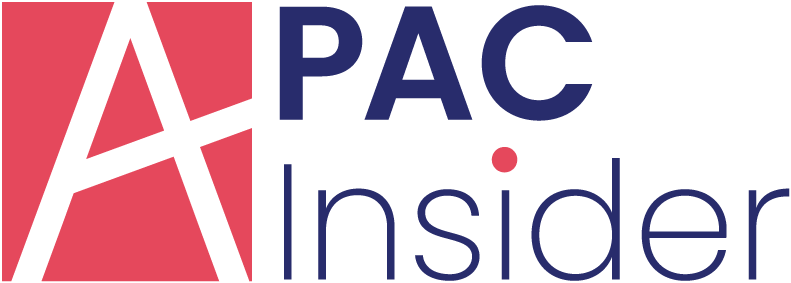
Withdrawing funds from a retirement account can trigger a range of tax implications depending on the type of account and the timing of withdrawal. When advising clients on long-term planning, a solid understanding of these tax rules is critical to preserving wealth and avoiding unnecessary penalties.
Retirement vehicles work differently under IRS regulations, so an overview of the tax consequences tied to each can help strategize and minimize financial burdens.
Types of Retirement Accounts and Their Tax Treatments
Federal tax laws treat each type of retirement account with distinct rules for contributions, growth and withdrawals.
Traditional IRA
Traditional individual retirement arrangements (IRAs) grow from pretax dollars, allowing account holders to deduct contributions within that same year, but they are subject to certain income limits. Earnings grow tax-deferred until an individual withdraws funds.
Upon distribution, the IRS taxes those contributions and earnings as ordinary income. Early withdrawals made before age 59 ½ come with a 10% penalty in addition to income tax unless an IRS exception applies.
Roth IRA
Roth IRAs differ greatly in their tax treatment. Individuals make contributions with after-tax dollars, and qualified withdrawals are tax-free. For a withdrawal to qualify, it must occur at least five years after the first contribution, and the account holder must be 59 ½ or older, disabled or using the funds for a first-time home purchase up to $10,000.
Because contributions are not tax deductible, the account holder can withdraw without tax or penalty. However, early withdrawals of earnings may incur taxes and a 10% penalty if they do not meet the conditions.
401(k) Plans
Employer-sponsored 401(k) plans grow with pretax income, reducing taxable earnings in the contribution year. Like traditional IRAs, the funds are tax-deferred and become taxed as ordinary income when withdrawn.
Many 401(k) plans now offer a Roth option, which follows the same after-tax contribution and tax-free withdrawal rules as a Roth IRA. Standard 401(k) withdrawals before age 59 ½ are subject to a 10% penalty and income taxes unless the individual qualifies for a hardship exemption or other exception.
Understanding Early Withdrawal Penalties and Exceptions
Retirement accounts encourage long-term saving, often beginning in a person’s 20s or 30s. Financial experts commonly recommend that individuals in their 30s contribute 10% to 15% of their gross income toward retirement savings. While this disciplined approach can build a strong financial foundation, it may also lead to the temptation to withdraw early, especially when large expenses arise.
However, since tapping into retirement funds early can trigger the 10% penalty, this can erode years of compounding gains and diminish long-term financial security. Several IRS-approved exceptions allow for penalty-free early withdrawals, including:
- Permanent disability of the account holder.
- Qualified higher education expenses.
- Up to $10,000 for a first-time home purchase with a Roth IRA.
- Unreimbursed medical expenses exceeding 7.5% of adjusted gross income.
- Substantially equal periodic payments (SEPP).
- Health insurance premium while unemployed.
- Birth or adoption expenses — up to $5,000 per parent.
While these exceptions offer relief in qualifying situations, they don’t exempt the individual from paying ordinary income tax on the distribution unless the account is a Roth IRA.
What Are Required Minimum Distributions?
Once a retirement account holder reaches age 73, the IRS requires annual withdrawals from most tax-deferred retirement accounts, known as required minimum distributions (RMDs). These distributions are computed using IRS tables based on the total balance and the individual’s life expectancy.
Failing to take the full RMD by the deadline can result in a steep penalty of up to 25% of the amount the individual should have withdrawn. However, recent legislative changes allow for some penalty reduction if corrected on time.
Minimizing Tax Liability When Accessing Retirement Funds
Withdrawing from retirement accounts doesn’t have to result in a substantial tax burden. Finance professionals can help clients preserve more of their savings by implementing strategic withdrawal and income planning. Some effective strategies include:
- Tax withdrawal sequencing: Draw from taxable accounts first, followed by tax-deferred accounts like traditional IRAs, 401(k)s and Roth accounts.
- Roth conversions during low-income years: Converting traditional IRA or 401(k) assets to a Roth IRA while income is lower can lock in a reduced tax rate on the converted amount and provide future tax-free withdrawals.
- Withdraw strategically to stay within tax brackets: Carefully time and limit withdrawals to avoid pushing the client into a higher tax bracket, especially when nearing thresholds for capital gains, Medicare surcharges or Social Security taxation.
- Utilize AI-powered planning tools: Artificial intelligence (AI) tools can analyze a client’s financial picture, including income sources, tax status and projected RMDs. Using these platforms can enhance decision-making with the personalized insights they provide for clients.
Making Tax-Smart Retirement Withdrawals
Tax implications are critical in shaping a retirement income strategy, so even small missteps can lead to unnecessary costs. By implementing strategic withdrawals, clients can preserve wealth and maintain financial stability throughout retirement.






















